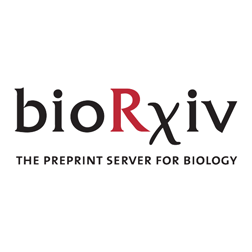
Choudhary Lab CPR
@ChoudharyLabCPR
Followers
525
Following
52
Media
31
Statuses
84
Lab twitter account for Chuna Choudhary lab at NNF-CPR in Copenhagen
Joined March 2021
Do enhancers often skip active genes? Our other recent preprint revises current models, that enhancers frequently and by design skip active genes to activate distal targets. Instead simple rules can predict enhancer and GWAS targets.
biorxiv.org
Enhancers play a critical role in regulating transcription. Nearly 90% of human genetic variants identified in genome-wide association studies (GWAS) are located in distal regions, underscoring the...
1
16
83
Great effort by Takeo (@TakeoNarita80) and the rest of the team in getting together this work.
0
0
2
How do cohesin and CTCF control gene expression and what are their links to enhancers? Our new preprint unravels their shared and unique roles: from precise enhancer targeting to direct transcriptional activator functions of CTCF. #Genomics #CTCF #Cohesin.
biorxiv.org
Cohesin and CTCF fold vertebrate genomes into loops and topologically associating domains (TADs). The genome folding by cohesin and CTCF is considered crucial for enhancer-promoter communication and...
1
13
59
















